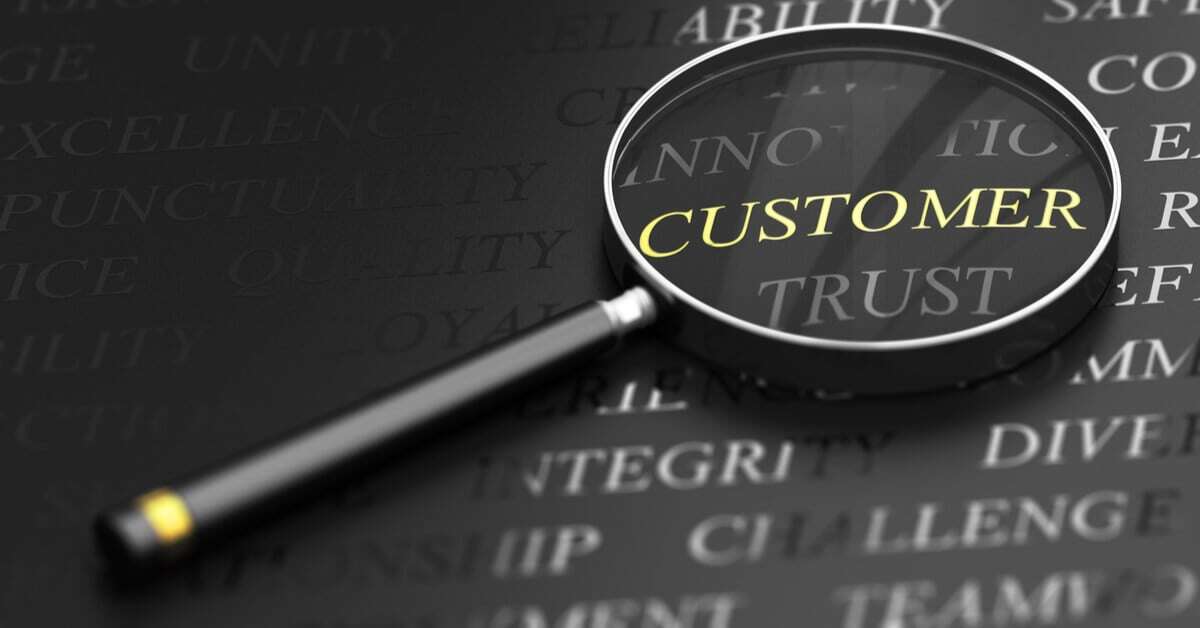Customer Centricity in Retail: why BI is a game changer

Can Customer Centricity in Retail evolve in the light of new digital technologies? The answer may not be so obvious if Data Strategy and process digitization have not been developed upstream. "Putting the customer at the center" could have been enough when the latter in the store was recognized by a discount card or a more recent smart card. Now the customer is almost elusive, they are constantly moving between physical and digital stores, constantly looking for information and opportunities. Cultivating good Customer Centricity becomes much more difficult without the use of the right tools.
Technologies such as Business Intelligence (BI) and Business Analytics can help retailers make assumptions about customer behavior throughout their purchasing journey. This path has in fact been lengthened, adding numerous intermediate steps that constitute an unmissable opportunity to work alongside the customer in a positive way for the retailer in possession of the right technologies.
Customer Centricity therefore necessarily involves the collection, analysis and continuous processing of customer data, multiplying this operation by thousands or hundreds of thousands of times. Supposing the unit is the customer, then tens of thousands of customers are a market. And any market is, by definition, constantly evolving.
The same technologies, however, are the basis of as many indispensable tools and functions to manage logistics and customer support in real-time, digitize administrative processes and relationships with producers and distributors. A correct collection and reading of data (data quality) can favor and facilitate quick decisions not only on current problems but also help to define new market scenarios.
Customer Centricity and Retail: it all starts with data
A modern marketing rule goes something like this: a customer can forget everything, but not the way a brand makes them feel. Customer Centricity in Retail thus becomes Customer eXperience (CX), and experience is something that can be easily judged, remembered and above all, shared hundreds of times.
Business Intelligence, therefore, becomes crucial in order to analyze the past, present and immediate future of customer behavior. Only the digitalization of the purchasing process can provide valuable information to the business management of brands to support production and distribution in an appropriate way. Doing all this from an Excel spreadsheet, however well designed, is impossible. In retail, like any other company, the data must be considered as a core asset of the company and as such it must generate value.
It is clear, therefore, that Business Intelligence moves the performance bar upwards. Let's see, in summary, 3 main benefits:
- Facilitated access to data. Consultation in self-service mode and the use of display dashboards allow greater democracy of the data, allowing an increasing number of managers to draw on the information necessary to make the correct decisions.
- Performance and operational efficiency. BI touches on aspects relating to customers and the reference market (industry segmentation, behavior analysis, customer retention, identification of sales areas), but also those relating to competition analysis (comparison of data, simulations on market shares) and those on internal organization such as performance monitoring and their optimization. No less important for the retail sector is product control, from the calibration of the sales price to the improvement of production costs, up to the implementation of tools for monitoring sales.
- Economic saving. BI allows you to analyze any critical issues, distribution gaps, slowdowns, missed distributions, increasing requests for products in a particular area or lack of raw materials. All this would require days of work for highly specialized personnel. BI can highlight this in real-time, thanks to the creation of predefined and easily applicable templates. The decrease in waste allows an increase in profits, performance and therefore customer satisfaction, perfectly hitting the Customer Centricity goal.
For all this to happen, however, it is necessary that the data culture becomes an integral part of the management's methods of action and thinking. Given that, mediated by Business Intelligence solutions, it can not only become a pillar for the value of the company but also provide useful tools for protecting the reputation of the brand, while maintaining constant attention on Customer Centricity.







